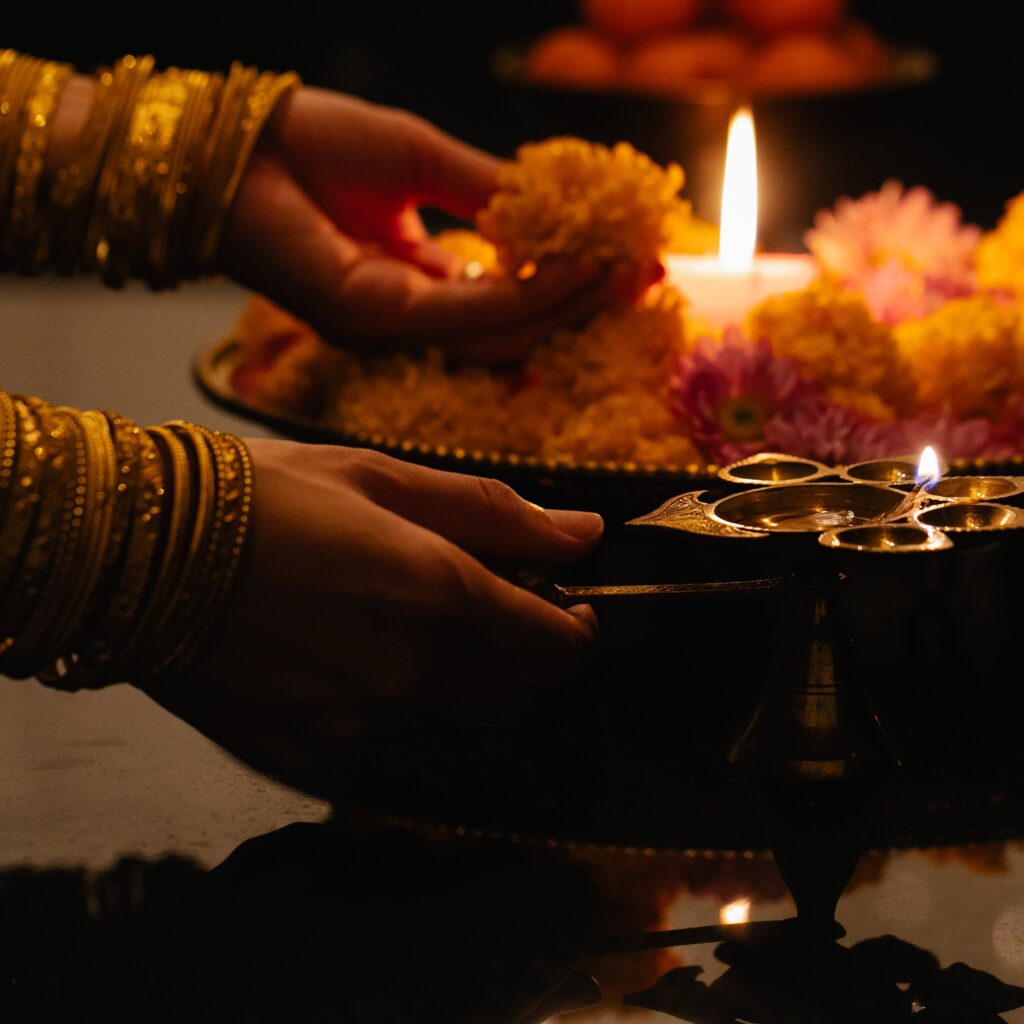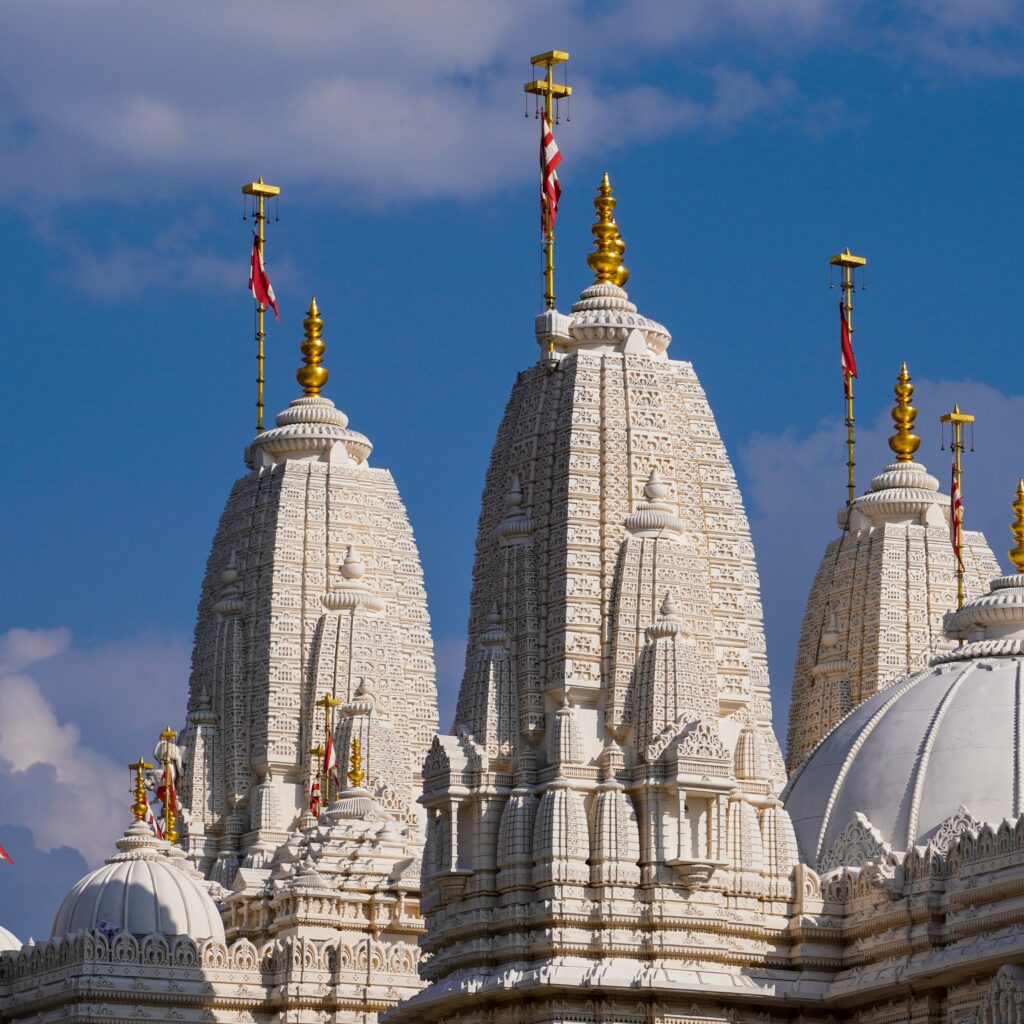Welcome to "Ayodhya Unveiled: A Comprehensive Guide to the Spiritual Heart of India." Embark on a virtual journey with us as we navigate through the sacred city of Ayodhya, uncovering its rich tapestry of history, spirituality, and cultural significance. From revered temples to the tranquil banks of the Sarayu River, this blog is your ultimate guide to experiencing the essence of Ayodhya and immersing yourself in its timeless tales of devotion. Join us as we explore the spiritual heart of India, where every step echoes with the divine presence of Lord Rama.


HISTORY OF AYODHYA
Ayodhya, located in the northern Indian state of Uttar Pradesh, is an ancient city steeped in history and religious significance. Believed to be one of the oldest continuously inhabited cities in the world, Ayodhya is primarily known as the birthplace of Lord Rama, a central figure in the Hindu epic, Ramayana.
Historically, Ayodhya's origins are shrouded in mythology, tracing its roots back to the Treta Yuga, an ancient era in Hindu cosmology. According to legend, the city was founded by Manu, the progenitor of humanity. Over the centuries, Ayodhya became the capital of the Kosala Kingdom, thriving under the rule of various dynasties.
The city gained enduring fame through the epic poem Ramayana, which narrates the life and adventures of Lord Rama. Ayodhya served as the splendid capital of his kingdom and, later, as the site of his birth. The construction of the grand Ram Janmabhoomi temple, dedicated to Lord Rama, has been a focal point of Ayodhya's historical and religious identity.
Throughout its history, Ayodhya has witnessed the rise and fall of empires, including the Mauryas, Guptas, and the Delhi Sultanate. It has been a center for cultural and religious exchanges, fostering the development of art, literature, and architecture.
The city's history has been marked by periods of prosperity and challenges, with Ayodhya continuing to hold immense spiritual significance for millions of people. The enduring cultural heritage of Ayodhya makes it a destination that not only preserves ancient history but also serves as a living testament to the spiritual traditions of India.
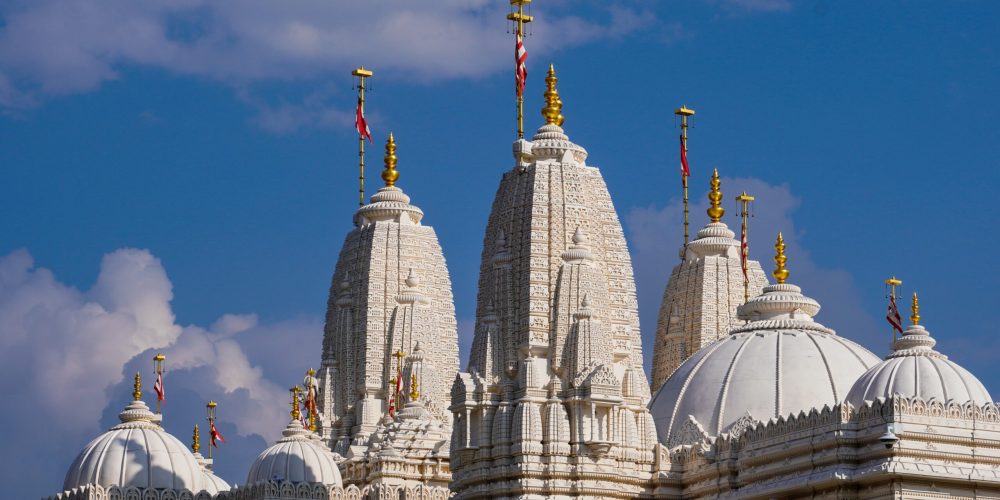

WHY AYODHYA IS CRUCIAL FOR INDIA?
Ayodhya holds immense importance for India due to its profound religious, cultural, and historical significance. Here are several reasons why Ayodhya is crucial for India:
Religious Significance:
Ayodhya is revered as the birthplace of Lord Rama, a central figure in Hinduism and the protagonist of the epic Ramayana. The construction of the Ram Janmabhoomi temple in Ayodhya is a symbol of deep religious sentiment for millions of Hindus
Cultural Heritage:
Ayodhya is deeply woven into the cultural fabric of India. The city's association with the ancient epic Ramayana has influenced art, literature, music, and dance throughout the country. Its cultural heritage resonates in various art forms and traditions.
National Identity:
The story of Ayodhya and Lord Rama is an integral part of India's national identity. It has contributed to shaping the values and ethos of the country, emphasizing virtues such as dharma (righteousness) and the pursuit of truth.
Pilgrimage Destination:
Ayodhya is a significant pilgrimage destination, drawing devotees and tourists from across the country and the world. Pilgrims visit the city to seek spiritual solace, participate in religious ceremonies, and pay homage to the revered sites associated with Lord Rama.
Historical Heritage:
Ayodhya's historical heritage extends beyond its religious importance. It has been a center of political and cultural activities for centuries, witnessing the rise and fall of various dynasties. The city's historical significance contributes to India's understanding of its past.
Unity in Diversity:
Ayodhya's significance goes beyond religious boundaries, fostering a sense of unity among diverse communities. The Ramayana's narrative and the cultural heritage associated with Ayodhya have become part of the collective consciousness of the Indian people.
Legal and Political Implications:
The legal and political developments surrounding the Ayodhya land dispute and the subsequent construction of the Ram Janmabhoomi temple have had far-reaching implications on Indian politics and jurisprudence. The resolution of the Ayodhya issue has contributed to a sense of closure on a long-standing dispute.
Tourism and Economy:
Ayodhya's prominence as a cultural and religious hub attracts a significant number of tourists, contributing to the local economy. The development of infrastructure and tourism facilities in and around Ayodhya has led to economic growth and employment opportunities.
In summary, Ayodhya is not just a city; it is a symbol of India's rich cultural and religious heritage, playing a crucial role in shaping the nation's identity, values, and sense of unity.
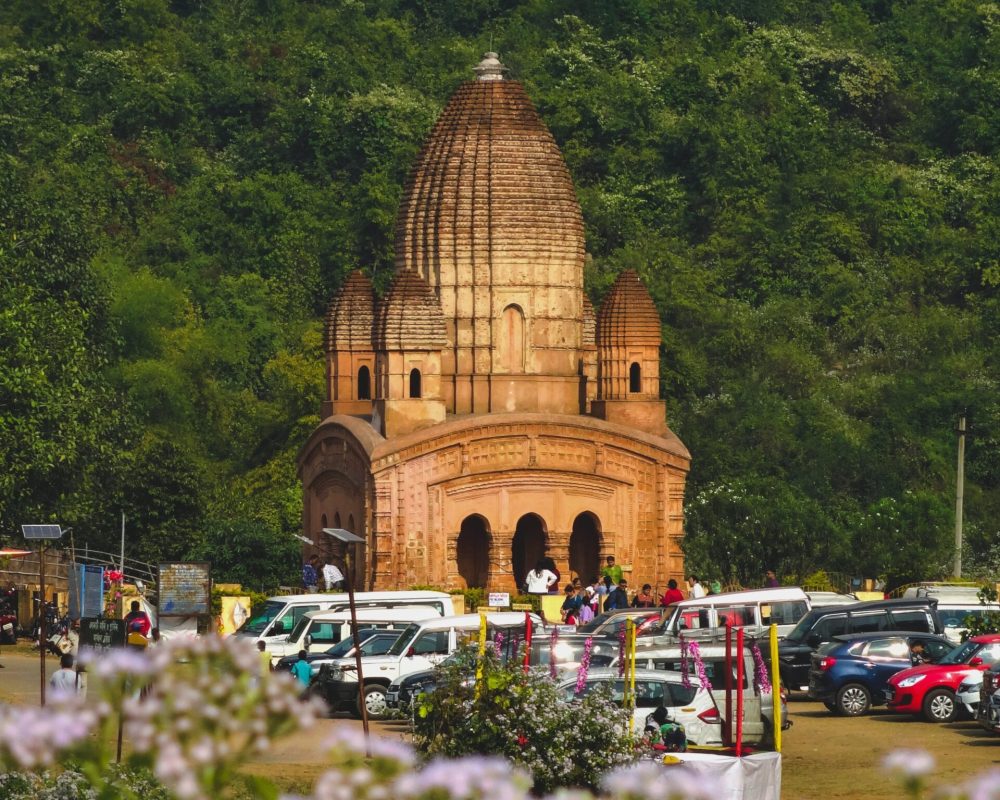

HOW TO REACH AYODHYA?
Ayodhya is well-connected by various modes of transportation, making it accessible for pilgrims and tourists. Here are the ways to reach Ayodhya:
By Air:
Nearest Airport: The nearest airport to Ayodhya is the Ayodhya Airport (FAZY). However, as of my last knowledge update in January 2022, this airport has limited commercial operations. The nearest major airport with better connectivity is the Chaudhary Charan Singh International Airport (LKO) in Lucknow, approximately 140 kilometers away from Ayodhya.
From Lucknow Airport: After reaching Lucknow, you can hire a taxi or use other available transportation options to reach Ayodhya.
By Train:
Railway Station: Ayodhya has its own railway station, known as Ayodhya Junction (AY), which is well-connected to major cities in India.
Train Services: Regular train services operate to and from Ayodhya, making it convenient for travelers. You can check the train schedule and book tickets through the official Indian Railways website or other online booking platforms.
By Road:
Road Network: Ayodhya is well-connected by road, and there are several options for reaching the city by bus, car, or taxi.
State Transport Buses: State transport buses connect Ayodhya to various cities within Uttar Pradesh and neighboring states.
Private Vehicles: You can also hire a taxi or drive to Ayodhya using private vehicles. The road network is generally well-maintained, providing a comfortable journey.
Local Transportation:
Once you reach Ayodhya, local transportation options include cycle rickshaws, auto-rickshaws, and taxis to navigate within the city and visit different religious and historical sites.
Note: It's advisable to check for the latest travel updates, especially in terms of transportation services and routes, as they may change over time. Additionally, consider the COVID-19 guidelines and restrictions that may be in place when planning your journey.
WHAT IS WEATHER OF AYODHYA?
Ayodhya generally experiences a tropical climate with distinct seasons. Here's a general overview:
Winter (October to March):
Temperature: During winter, temperatures in Ayodhya range from around 10°C to 25°C (50°F to 77°F). It's the most comfortable time to visit with cool and pleasant weather.
Spring (March to April):
Temperature: Spring sees a gradual increase in temperatures, ranging from 20°C to 35°C (68°F to 95°F).
Summer (April to June):
Temperature: Summer months can get hot, with daytime temperatures often exceeding 40°C (104°F) or more.
Monsoon (July to September):
Rainfall: Ayodhya experiences moderate to heavy rainfall during the monsoon season.
Weather conditions can vary, so it's recommended to check a reliable weather forecasting service or website for the current and forecasted weather conditions before planning your trip to Ayodhya.
THE BEST TIME TO VISIT AYODHYA
The best time to visit Ayodhya largely depends on personal preferences and the type of experience you are seeking. However, generally, the months between October and March are considered the most favorable for visiting Ayodhya due to pleasant weather conditions. Here's a breakdown of the seasons:
Winter (October to March):
Temperature: During these months, the weather in Ayodhya is relatively cool and pleasant. Daytime temperatures range from 10°C to 25°C (50°F to 77°F).
Atmosphere: The cool weather makes it comfortable for sightseeing, temple visits, and outdoor activities. It's a
popular time for tourists and pilgrims to explore Ayodhya.
Spring (March to April):
Temperature: Spring sees a gradual increase in temperatures, with daytime temperatures ranging from 20°C to 35°C (68°F to 95°F).
Atmosphere: Spring is a good time to visit Ayodhya as the weather is still pleasant, and the blooming flowers add to the charm of the city.
Summer (April to June):
Temperature: Summer months can get hot, with daytime temperatures soaring up to 40°C (104°F) or more.
Atmosphere: While it can be hot during the day, mornings and evenings are relatively cooler. If you can tolerate the heat, this period is less crowded, and you may find better deals on accommodations.
Monsoon (July to September):
Rainfall: Ayodhya experiences moderate to heavy rainfall during the monsoon season.
Atmosphere: While the rain brings a lush green landscape, it may disrupt outdoor activities. The humidity levels can be high, and there may be occasional flooding in certain areas.
Considering the climatic conditions and the type of experience you prefer, the winter months are generally recommended for a visit to Ayodhya. However, if you enjoy the lush greenery and don't mind occasional rain, the monsoon season can also offer a unique perspective of the city. Summers, due to the high temperatures, are less popular for tourism.
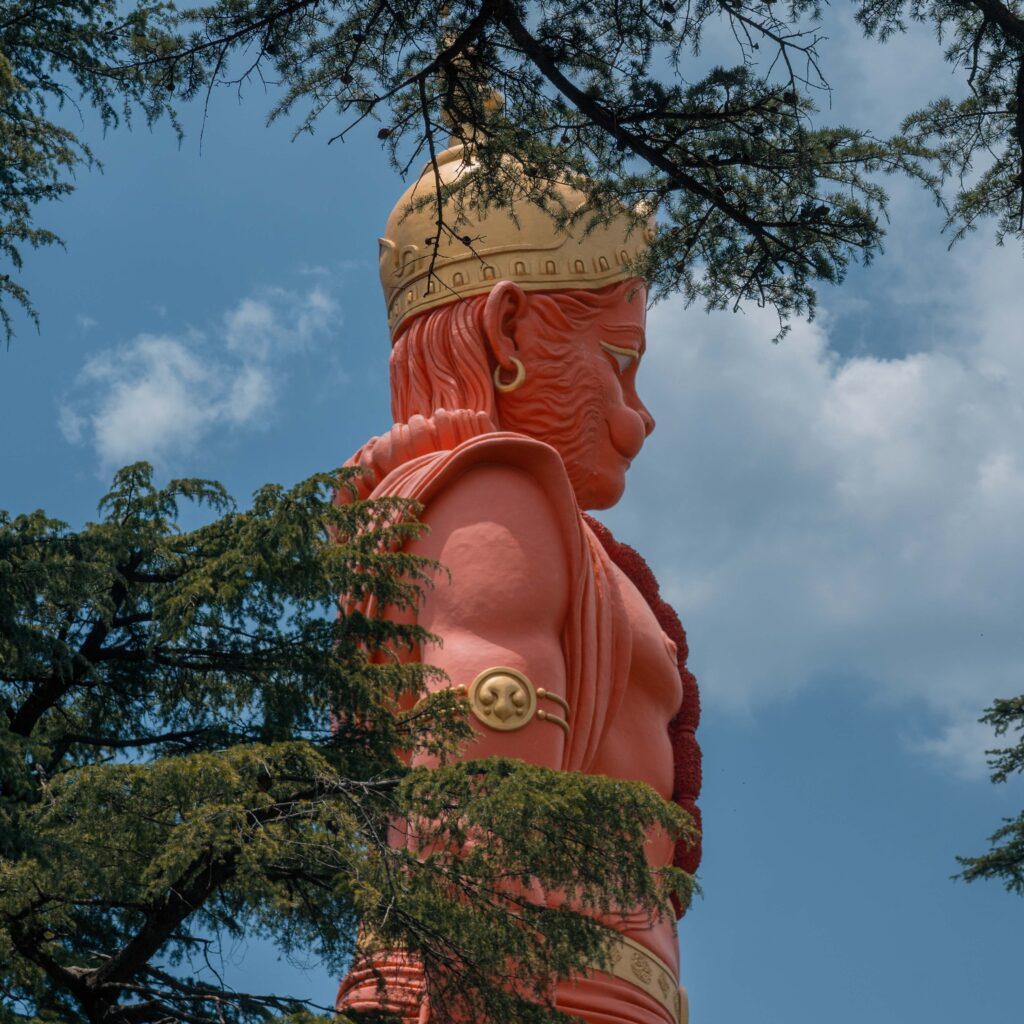

BEST ACCOMMODATION IN AYOGHYA
Here are some popular accommodation choices in Ayodhya:
Bhoomi Residency:
A well-reviewed hotel with modern amenities.
Address: 1571, Naya Ghat Road, Near Saket Degree College, Ayodhya.
Ramprastha:
A comfortable hotel offering a blend of modern and traditional elements.
Address: Faizabad Bypass Road, Near Katha Bazaar, Ayodhya.
Ramada Plaza by Wyndham Ayodhya:
A luxurious option with upscale facilities.
Address: Faizabad Bypass Road, Ayodhya.
Kanak Bhawan Palace:
A heritage-style hotel known for its architectural charm.
Address: Nayaghat, Ayodhya.
Hotel Shivam Inn:
A budget-friendly option with basic amenities.
Address: Karsewakpuram, Ayodhya.
Mausam Hotel:
A mid-range hotel with comfortable rooms.
Address: Naya Ghat, Ayodhya.
Shri Ram Hotel:
A well-known hotel with a central location.
Address: Near Hanuman Garhi, Ayodhya.
Hotel Abha Regency:
A hotel offering a blend of comfort and affordability.
Address: Faizabad Bypass Road, Ayodhya.
The Oasis Hotel:
A modern hotel with various facilities for guests.
Address: Naya Ghat, Ayodhya.
Ayodhya Gateway Hotel:
A hotel with contemporary amenities and a strategic location.
Address: Jail Road, Ayodhya.
Before making a reservation, it's advisable to read recent reviews on travel platforms to ensure that the accommodation meets your expectations. Additionally, consider factors such as proximity to the main attractions, available facilities, and overall guest satisfaction when choosing the best accommodation for your stay in Ayodhya.
BEST FOOD IN AYODHYA
Ayodhya offers a mix of traditional Indian cuisine, especially North Indian flavors, with a focus on vegetarian dishes. Here are some of the best food options to try in Ayodhya:
Lassi:
Start your day with a refreshing glass of Lassi, a popular yogurt-based drink available in various flavors.
Pedas:
Ayodhya is known for its delectable Pedas, a sweet made from condensed milk, sugar, and cardamom. Don't miss trying these local sweets.
Chandrakala:
Chandrakala is another popular sweet dish in Ayodhya, made with khoya (reduced milk) and dry fruits, often enjoyed during festivals.
Puri Sabzi:
Enjoy a classic North Indian breakfast by trying Puri Sabzi, where deep-fried bread (Puri) is served with a side of spicy and flavorful vegetable curry (Sabzi).
Kachori:
Ayodhya is known for its delicious Kachoris, deep-fried bread stuffed with spiced lentils or peas.
Paneer Dishes:
Relish various Paneer (cottage cheese) dishes, such as Paneer Tikka or Shahi Paneer, at local eateries.
Bhutte ka Kees:
A popular local dish made with grated corn cooked in milk and spices, Bhutte ka Kees is a unique and flavorful choice.
Kheer:
Conclude your meal with a serving of Kheer, a traditional rice pudding made with milk, rice, and sweeteners.
Malaiyo:
A seasonal delicacy, Malaiyo is a frothy dessert made with milk and is available during the winter months.
Thandai:
If you visit during festivals like Holi, try Thandai, a cooling beverage made with milk, nuts, and spices.
Biryani:
Sample the North Indian style Biryani, a flavorful rice dish cooked with aromatic spices and vegetables.
Jalebi:
Satisfy your sweet tooth with Jalebi, a popular Indian sweet made by deep-frying wheat flour batter into a pretzel or circular shape and soaking it in sugar syrup.
Aloo Tikki Chaat:
Relish the popular street food, Aloo Tikki Chaat, consisting of spicy mashed potato patties served with various chutneys and yogurt.
Chole Bhature:
Indulge in Chole Bhature, a delicious combination of spicy chickpea curry (Chole) and deep-fried bread (Bhature).
Masala Chai:
End your culinary journey with a cup of Masala Chai, a spiced tea that is a staple in Indian households.
When in Ayodhya, explore local eateries, sweet shops, and restaurants to savor the authentic flavors of the region.
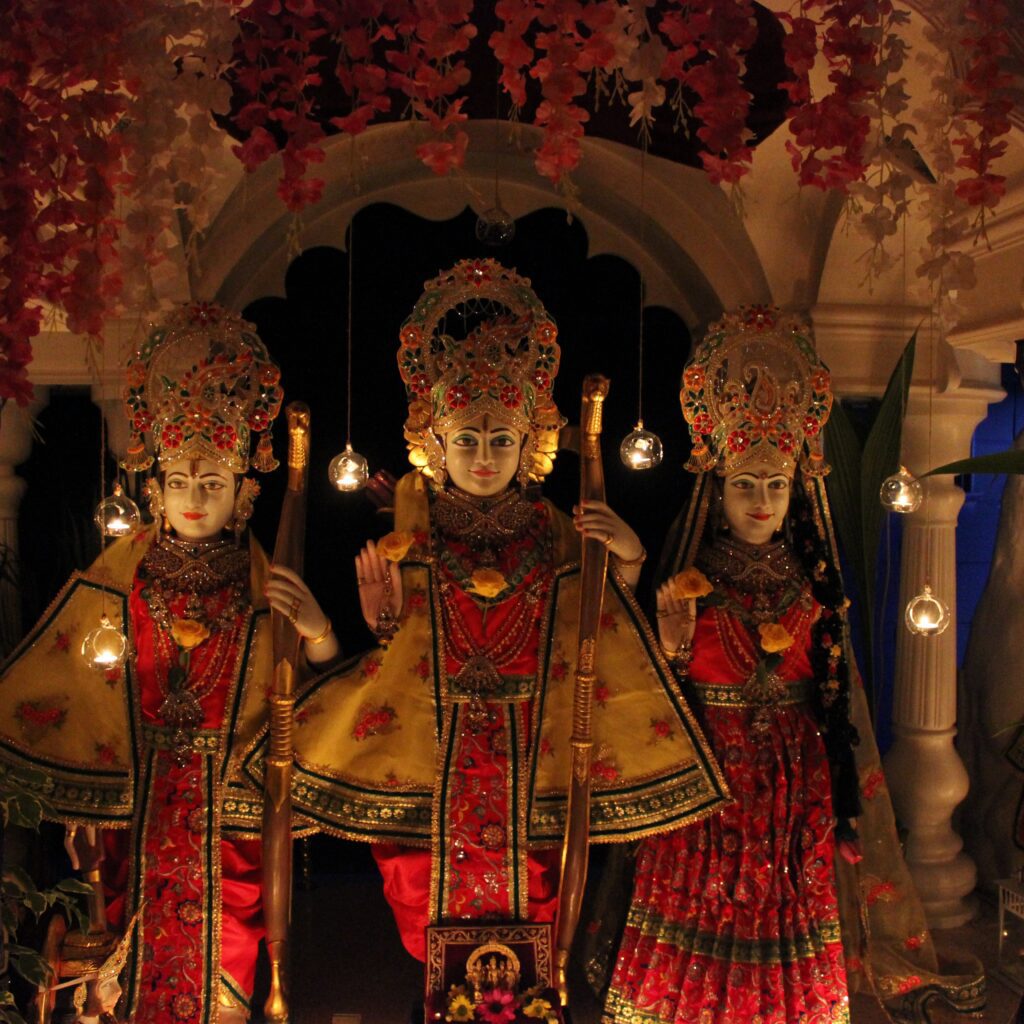

BEST PLACES TO VISIT IN AYODHYA
Ayodhya, with its rich history and cultural significance, offers several notable places to visit. Here are some of the best places to explore in Ayodhya:
Ram Janmabhoomi:
Visit the Ram Janmabhoomi complex, the birthplace of Lord Rama. The newly constructed Ram Mandir is a key attraction within the premises.
Hanuman Garhi:
Climb the 76 steps to reach Hanuman Garhi, a temple dedicated to Lord Hanuman. The temple offers panoramic views of Ayodhya.
Kanak Bhavan:
Explore Kanak Bhavan, a palace gifted to Sita by Queen Kaikeyi. The palace is known for its intricate architecture and depictions of the Ramayana.
Sarayu River Ghats:
Take a serene stroll along the ghats of the Sarayu River. The riverbanks are often used for religious rituals and ceremonies.
Treta Ke Thakur:
Visit Treta Ke Thakur, another significant shrine dedicated to Lord Rama.
Kala Ram Temple:
Explore the Kala Ram Temple, known for its black idol of Lord Rama. It provides a tranquil space for meditation.
Bharat Mandir:
Visit Bharat Mandir, dedicated to Lord Rama's brother Bharata. The temple houses artifacts and sculptures depicting scenes from the Ramayana.
Sita ki Rasoi:
Explore Sita ki Rasoi, believed to be the kitchen of Sita during her exile. The site holds historical and cultural importance.
Shri Rama Janaki Birla Temple:
A modern temple with beautiful architecture dedicated to Lord Rama and Sita.
Nageshwarnath Temple:
Visit Nageshwarnath Temple, an ancient temple dedicated to Lord Shiva, situated on the riverbanks of Sarayu.
Gulab Bari:
Explore Gulab Bari, a historical garden with tombs of the Nawabs of Ayodhya. The architecture and landscaping make it a peaceful retreat.
Ram Katha Museum:
Learn about the cultural and historical aspects of Ayodhya at the Ram Katha Museum, which houses artifacts related to the Ramayana.
Ayodhya Art Gallery:
Visit the Ayodhya Art Gallery to explore and appreciate the city's artistic and cultural heritage.
Moti Mahal:
Explore Moti Mahal, a historical palace that showcases the architectural grandeur of the past.
Chhoti Devkali Mandir:
Visit the Chhoti Devkali Mandir, a temple dedicated to Goddess Sita.
Remember to check the local guidelines and any specific entry requirements before visiting these places. Ayodhya's charm lies not only in its religious sites but also in its historical and cultural attractions.
THINGS TO DO IN AYODHYA
Ayodhya, with its rich history and spiritual significance, offers a variety of activities for visitors. Here are some things to do in Ayodhya:
Visit Ram Janmabhoomi:
Explore the Ram Janmabhoomi complex and witness the newly constructed Ram Mandir.
Participate in religious ceremonies and rituals held at the temple.
Climb Hanuman Garhi:
Climb the 76 steps to reach Hanuman Garhi, a temple dedicated to Lord Hanuman.
Attend the evening aarti for a spiritual experience.
Explore Kanak Bhavan:
Visit Kanak Bhavan, the palace associated with Sita, and admire its intricate architecture.
Learn about the stories from the Ramayana depicted in the artwork.
Walk Along Sarayu River Ghats:
Take a peaceful walk along the ghats of the Sarayu River.
Attend the evening aarti on the riverbanks for a serene experience.
Visit Treta Ke Thakur:
Explore Treta Ke Thakur, another important shrine dedicated to Lord Rama.
Meditate at Kala Ram Temple:
Spend some time in meditation at the Kala Ram Temple, known for its black idol of Lord Rama.
Explore Bharat Mandir:
Visit Bharat Mandir, dedicated to Lord Rama's brother Bharata.
Admire the artifacts and sculptures that narrate the stories of the Ramayana.
Discover Sita ki Rasoi:
Explore Sita ki Rasoi, believed to be the kitchen of Sita during her exile.
Understand the historical and cultural significance of the site.
Enjoy a Boat Ride on Sarayu River:
If available, enjoy a boat ride on the Sarayu River for a different perspective of Ayodhya.
Attend Religious Discourses:
Check for religious discourses or satsangs happening in Ayodhya.
Engage with the spiritual teachings and discussions.
Participate in Festivals:
Plan your visit during festivals like Ram Navami, Diwali, or Kartik Purnima to experience the vibrant celebrations.
Visit Historical Sites:
Explore historical sites like Gulab Bari, Moti Mahal, and Nageshwarnath Temple.
Shop for Souvenirs:
Explore local markets for souvenirs, religious artifacts, and handicrafts.
Purchase items that reflect the cultural richness of Ayodhya.
Enjoy Local Cuisine:
Indulge in Ayodhya's local cuisine, including sweets like Pedas and Lassi.
Try local eateries for an authentic culinary experience.
Learn at Ayodhya Art Gallery:
Visit the Ayodhya Art Gallery to appreciate the artistic and cultural heritage of the city.
Remember to be respectful of the religious and cultural significance of the sites you visit, and check for any specific guidelines or restrictions before participating in religious activities. Ayodhya offers a blend of spirituality, history, and culture, providing visitors with a unique and enriching experience.
BEST SHOPPING DESTINATIONS IN AYODHYA
Ayodhya, with its rich cultural and religious heritage, offers shopping destinations where you can find a variety of traditional items and souvenirs. Here are some of the best shopping destinations in Ayodhya:
Ayodhya Haat:
Ayodhya Haat is a government-sponsored craft emporium where you can find a range of handcrafted items, traditional textiles, and religious artifacts. It's an ideal place for picking up souvenirs.
Shri Ram Emporium:
Shri Ram Emporium is a popular shopping destination offering a variety of religious items, idols, and artifacts related to Lord Rama and the Ramayana.
Guptar Ghat Market:
Located near the Guptar Ghat, this market is known for its vibrant atmosphere and shops selling religious items, brassware, and local handicrafts.
Sankat Mochan Temple Market:
The area around the Sankat Mochan Temple has several shops offering religious items, puja essentials, and souvenirs.
Naya Ghat Market:
Naya Ghat Market is known for its bustling atmosphere and offers a variety of items such as religious paraphernalia, clothes, and local handicrafts.
Ayodhya Khadi Gramodyog Bhawan:
This store promotes Khadi products and traditional handloom items. You can find a range of khadi clothing, accessories, and other handcrafted goods.
Ram Janmabhoomi Souvenir Shops:
Near the Ram Janmabhoomi complex, you'll find souvenir shops selling items related to Lord Rama, the temple, and Ayodhya's cultural heritage.
Ayodhya Handloom Bazaar:
Explore the Ayodhya Handloom Bazaar for traditional handloom fabrics, sarees, and textiles.
Local Sweet Shops:
Don't forget to visit local sweet shops to buy Ayodhya's famous sweets like Pedas and Chandrakala.
Street Markets:
Ayodhya has various street markets where you can find a mix of daily essentials, religious items, and local handicrafts.
When shopping in Ayodhya, it's advisable to explore local markets, interact with local artisans, and bargain for the best prices. Keep in mind the cultural and religious significance of the items you purchase, and ensure you are respectful in your interactions with local vendors.
